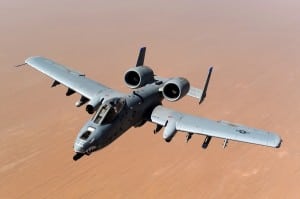
The Defense Department plans to divest its fleet of A-10s and U-2 spy planes when it formally submits President Barack Obama’s fiscal year 2015 budget request next week, with the A-10 cuts to be fiercely resisted on Capitol Hill. Defense Secretary Chuck Hagel outlined DoD’s priorities with the FY ’15 budget request in a preview Monday at the Pentagon. Hagel, in his prepared remarks, said the Air Force would reduce the number of tactical air squadrons--including the entire A-10 fleet--to…













